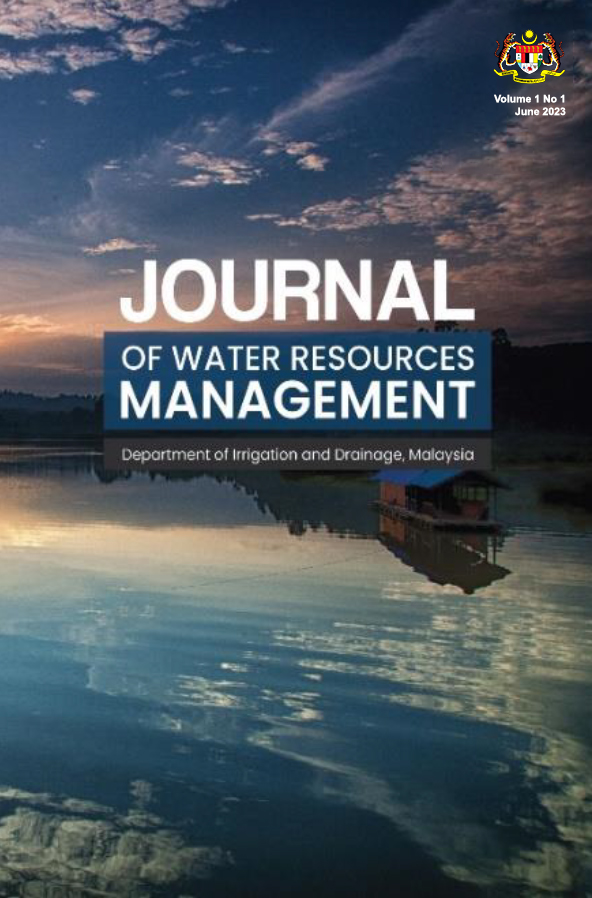Published 25-06-2023
Keywords
- natural disaster , ungauged area , Kriging method
How to Cite
Copyright (c) 2023 Journal of Water Resources Management

This work is licensed under a Creative Commons Attribution-NonCommercial-ShareAlike 4.0 International License.
Abstract
For technical managers of natural disasters in Malaysia, real-time rainfall is an essential component to forecast disaster events accurately. However, the lack of full and complete real-time rainfall data on a timely basis makes this task difficult. While there are many contributing factors for this dilemma, the focus of this paper is to determine an alternative to the occurrence of missing data and the estimates of rainfall for ungauged area. The methodology describes the process entailed in filling in the missing data until the actual real-time data arrives, albeit late. The paper explains how the Kriging method applied to determine the statistical hourly rainfall for a rainfall station based on its historical data of at least 10 years. Each hour rainfall throughout the year is based on its historical values. The application of Kriging method is successfully applied to a Jabatan Pengairan dan Saliran (JPS) Malaysia forecasting system called the Debris and Mudflow Warning System (DMFWS), which forecasts debris and mud flow events in Cameron Highlands. This paper details the method to estimate the ungauged point rainfall and infilling missing data for DMFWS application.

